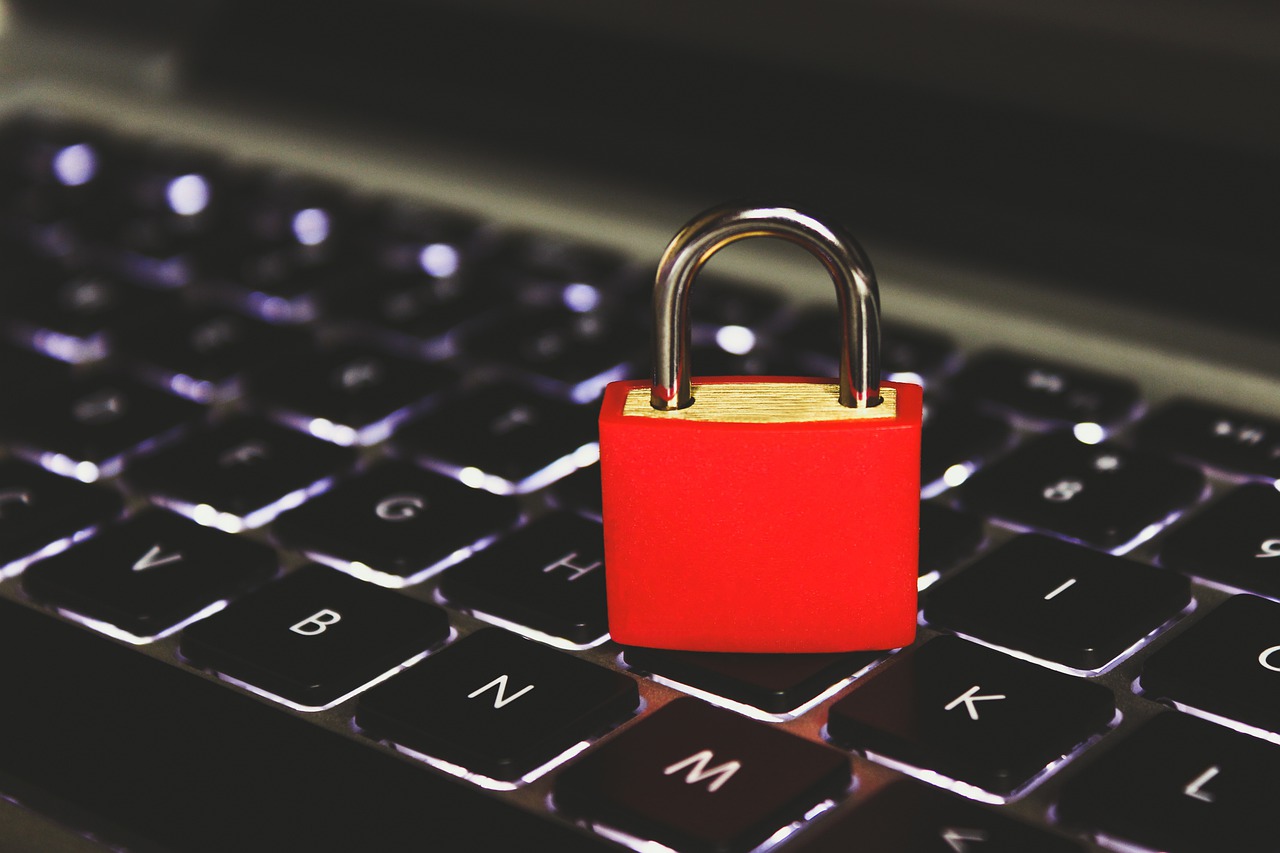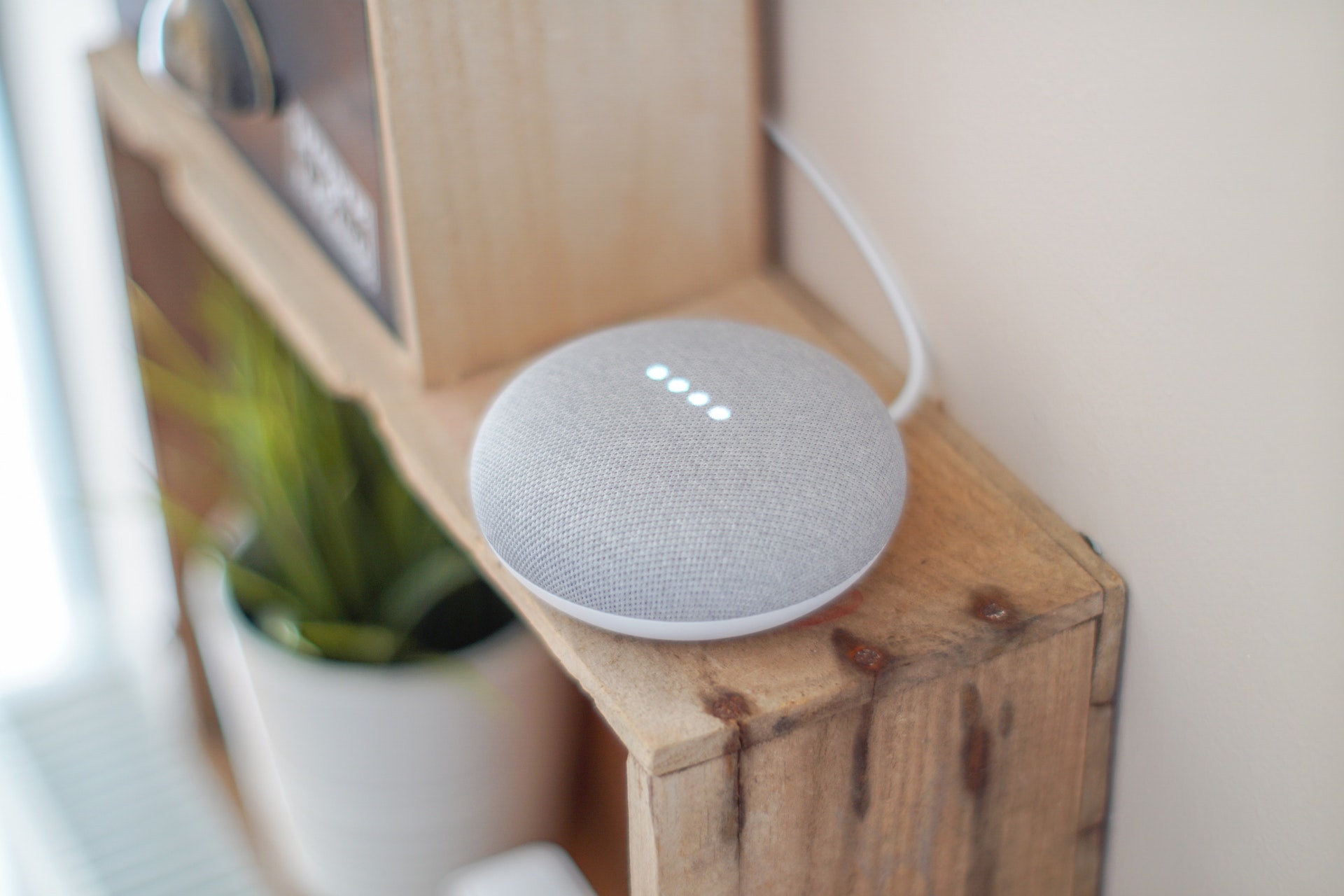About Data Loss Prevention
Wed, 07 Apr 2021
Data loss prevention (DLP) is a set of procedures and instruments used to prevent data loss by ensuring that unauthorized users do not misuse or access the data of an organization. To both secure their data and to comply with regulatory requirements, organizations use DLP.
To protect it from unauthorized users and to prevent authorized users from accidentally or maliciously sharing data and putting the organization at risk, the term DLP is mostly used for tools and software which classify critical data and control data transfer. The information is classified according to the business rules and policies of the organization, which are typically driven by compliance.
DLP tools monitor various network entry points, such as endpoints, email servers, and gateways, and control the transfer of data between users and external parties as well. We also secure information at rest, in motion, and use and control that activity, tracking for any possibly malicious data transfer or use.
DLP solutions monitor network data, philter activity to stop suspicious activity, provide incident response and compliance reporting, and analyze suspicious behavior to provide security teams with context.
Different types of data loss prevention:
- Network DLP
- Endpoint DLP
- Cloud DLP
- Email DLP
Why you should implement data loss prevention?
- Insider threats
- Growing attack surface
- Growing digital assets and data
- A growing number of threats and attacks
- Cybersecurity skills gap
- Stolen data sold on the dark web
- New regulations and GDPR
POPULAR POSTS
Shopify vs. WordPress: Which one is best for e-commerce?
Wed, 07 Apr 2021Role of IoT in the Real Estate Industry
Wed, 14 Apr 2021Why UX And UI Is Important For Mobile Application Development
Sat, 01 May 2021Telemedicine's Advantages in Nursing Homes
Fri, 24 Dec 2021RECENT POSTS
Title: Run Your Entire Real Estate Business From Your Phone
Fri, 12 Dec 2025









